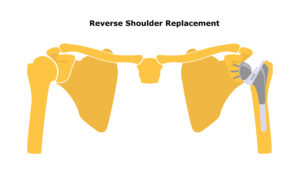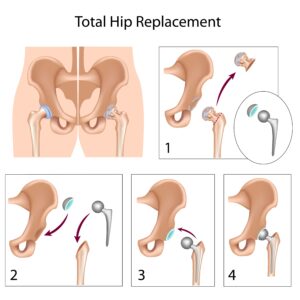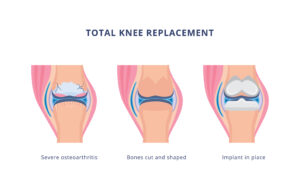


Surgical approach: A total joint replacement (TKR) are a complex procedure requiring the orthopedic surgeon to make precise measurements of the diseased portions of bone, remove the affected bone tissue, and then surgically shave the bone to accommodate the implant. During the procedure, the surgeon builds the artificial joint inside the patient’s joint, one component at a time, to create a functional artificial joint.
The challenge: Total knee replacement surgery involves high risks of infection, implant rejection, and cardiovascular events (such as stroke). The body is exposed to foreign particles (from the joint prosthesis) and possibly toxic metal levels in the blood stream. Recovery involves significant down time and postoperative pain. Rehabilitation may require six months before a patient can return to pain free function. For all intents and purposes, the patient has shaved bone on the ends of his Femur and Tibia. Ouch!
The Physical Therapy approach: It’s imperative that you participate in a physical therapy program immediately post operatively. Most surgeons have range of motion started and weight bearing the day of surgery. The goal is to do physical therapy until you get back to your previous normal level of activity. Most patients rehabilitation of their knee takes about six to eight weeks, however, the level of presurgical decline will dictate the time it takes to rehabilitate. Physical therapy focuses on decreasing the swelling and providing an optimal environment for the total joint replacement to heal. The next step is regaining full range of motion, which helps relieve joint pain, and then finally the strengthening phase of your joint and all of the surrounding musculatures to return to you to maximal functional performance.
**There is a presurgical physical therapy program that significantly helps imprve post surgical outcomes just ask our Doctors of Physical Therapy for more information. **
